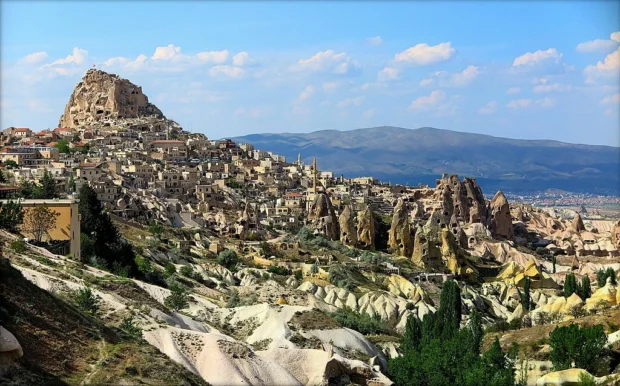When the name Cappadocia comes up, many imagine balloons floating over strange rock formations. But this land in central Turkey is much more than its famous landscapes. With its deep history carved into stone, charming villages, and warm local culture, Cappadocia speaks quietly to those who take time to listen. During my recent visit, I chatted with shopkeepers, wandered through untouched valleys, and uncovered stories held in ancient walls. If you want a glimpse beyond the usual postcards, here’s what I found worth your attention.
Table of Contents
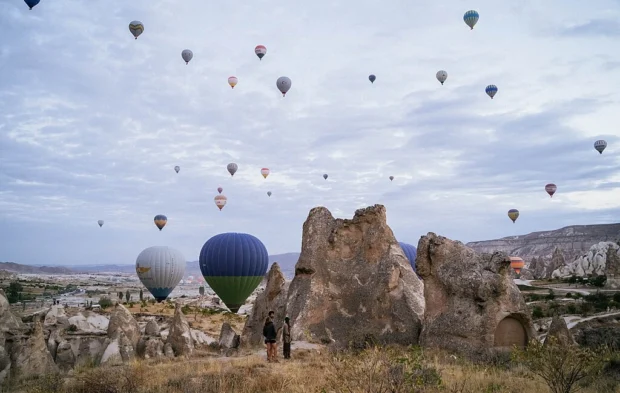
Walking Among the Fairy Chimneys and Underground Cities
The first impression usually comes from the eerie “fairy chimneys,” tall rock pillars shaped by millions of years of wind and water. They look like something from a fantasy tale but are very real. Places like Göreme and Pasabag hold these natural wonders close enough to touch. But beneath the surface lies another story: vast underground cities. Kaymakli and Derinkuyu, carved out centuries ago, offered refuge during times of invasion. As I explored narrow tunnels and hidden rooms, I felt a strong connection to the past. The craftsmanship is a marvel-engineers of their time created ventilation systems that still work today.
For those captivated by Cappadocia’s fairy chimneys and underground cities, Göreme National Park offers a stunning continuation of the region’s unique geological and cultural landscape.
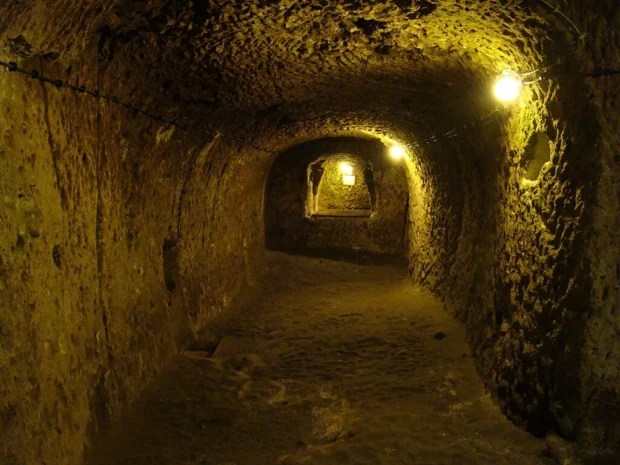
Visiting the Goreme Open Air Museum, a UNESCO World Heritage site, reveals early Christian monasteries with frescoes surviving for over a thousand years. These colorful paintings tell stories of saints and biblical scenes, offering insight into Cappadocia’s spiritual life. You can learn more about the museum on the official website.
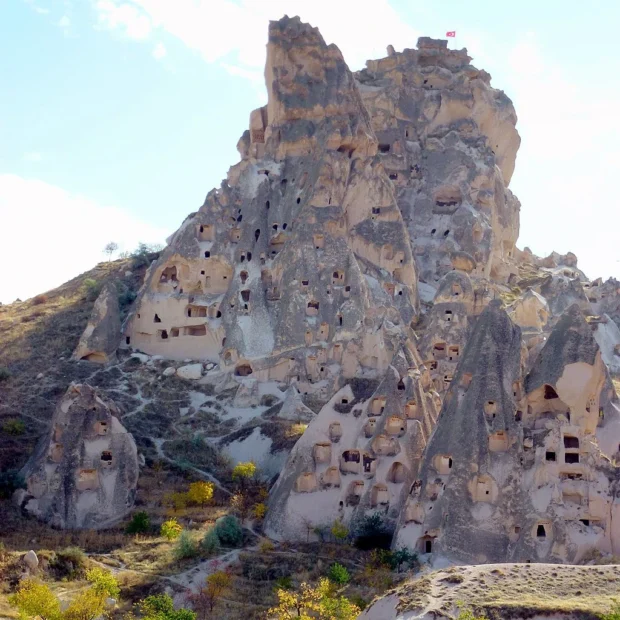
Hidden Paths and Quiet Corners
Most visitors follow well-trodden trails, but Cappadocia also holds quieter paths. The Red and Rose Valleys provide hiking routes lined with soft pink rocks that change color with the sun. In the spring, wildflowers bloom on slopes, adding unexpected color to the rugged scenery. Along these trails, I stumbled upon forgotten cave homes with faded door frames and shuttered windows. Imagine families living there centuries ago, shaping their lives from stone.
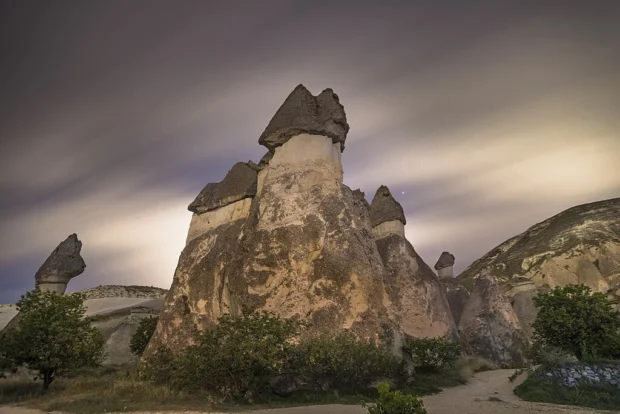
Another lesser-known spot is the village of Mustafapaşa, once called Sinasos. This place has a quiet elegance with stone mansions influenced by Greek and Ottoman architecture. Unlike the busier towns, it offers calm evenings in cafes where you can sip strong Turkish tea while chatting with locals. The slow rhythm here invites you to pause and watch daily life unfold.
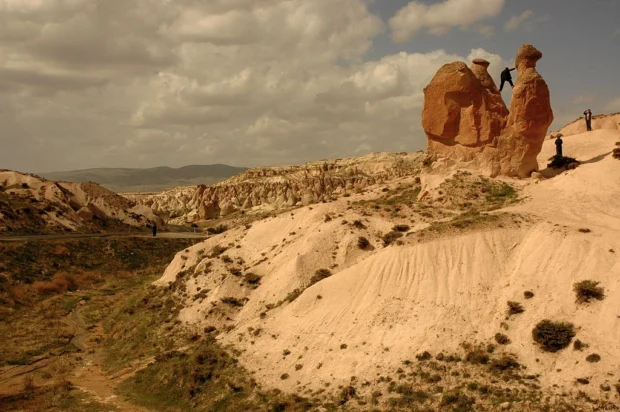
Where to Stay for Authentic Atmosphere
Choosing a place to stay in Cappadocia can shape your whole visit. Many visitors pick cave hotels carved into rock, blending comfort with history. These accommodations often keep original stone walls and arched ceilings, reminding you of the ancient origins of the region. If you prefer something simpler, small guesthouses in villages offer a chance to live among locals, sharing traditional meals and stories.
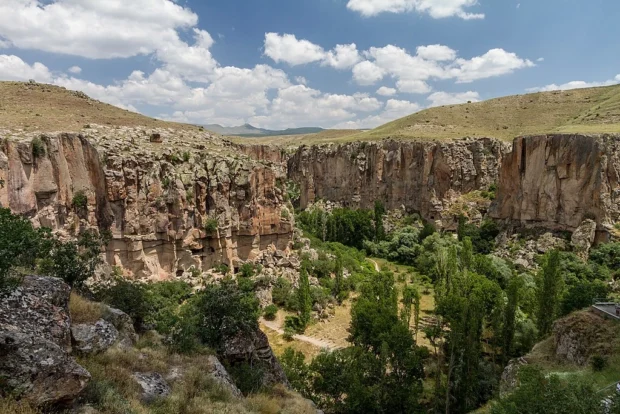
Consider staying near Göreme for easy access to main sites or opt for the peaceful village of Ürgüp where vineyards stretch across gentle hills. In either case, mornings often begin with soft sunlight filtering through windows shaped by centuries-old stonework.
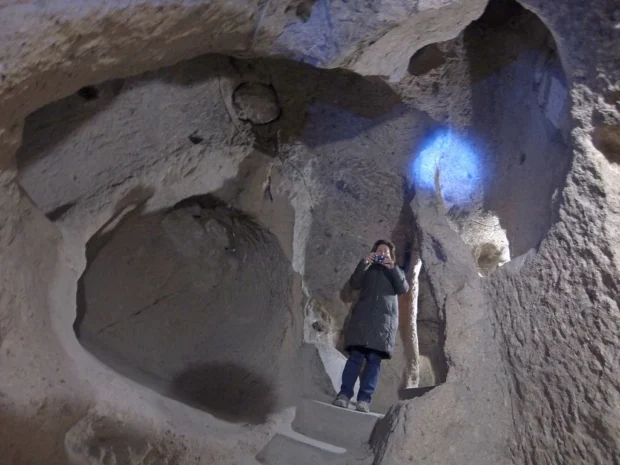
Cappadocia’s Flavors: What to Taste and Where
Food in Cappadocia reveals much about the land and its people. The region’s cuisine features hearty dishes made from fresh, local ingredients. One specialty is “testi kebabı,” a meat and vegetable stew slow-cooked in a sealed clay pot. Traditionally broken open at your table, this dish combines flavors and rituals in one experience.
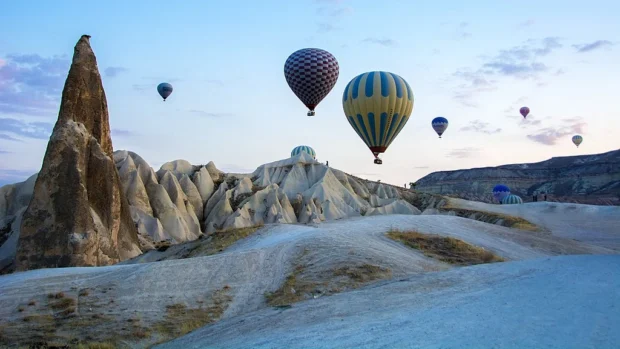
Markets in Avanos and Nevşehir are great places to find local products like dried fruits, spices, and handwoven textiles. I found a small shop in Avanos where pottery artisans still work by hand, shaping earth into beautiful vessels. Sampling fresh bread with yogurt and honey from these regions offers simple pleasures rooted in daily life.
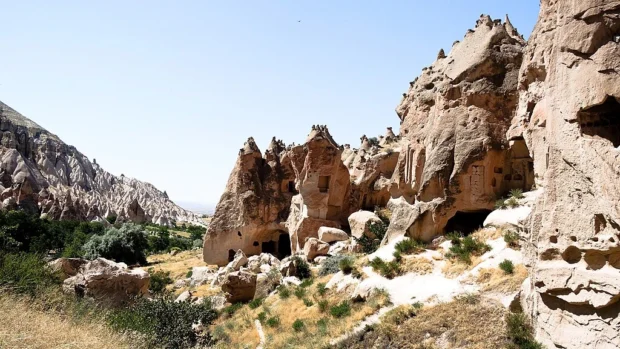
Getting Around Cappadocia Without Hassle
Travelers usually arrive at the nearest airport, Kayseri or Nevşehir. From there, shuttle buses and minibuses connect to towns like Göreme, Ürgüp, and Avanos. This public transport system is modest but reliable. Walking and renting bicycles allow visitors to feel closer to the nature and architecture. Roads between villages are relatively quiet, making cycling an enjoyable way to see more at your own pace.
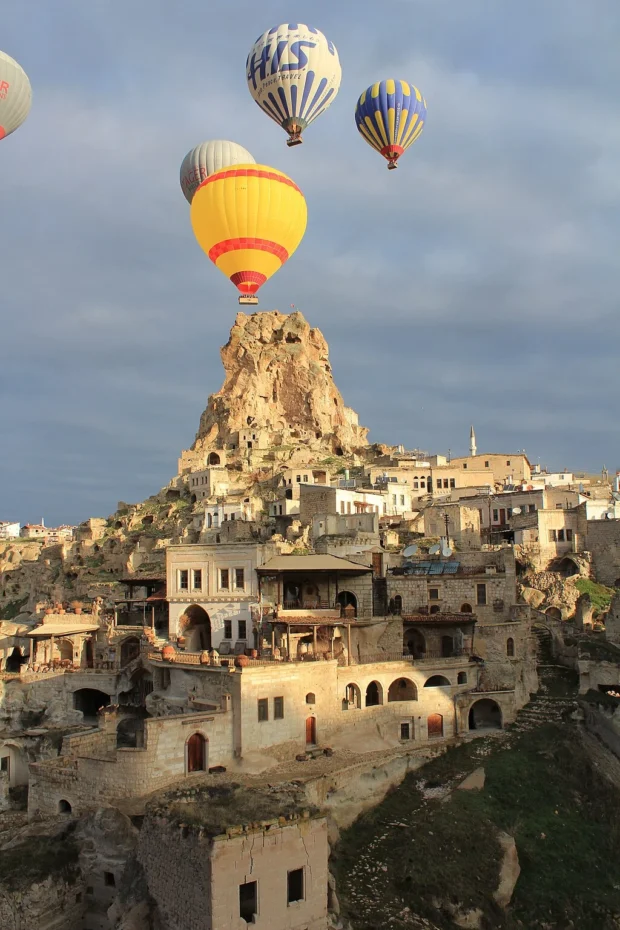
I avoided crowded transport and instead chose to walk between sites whenever possible. It gave me time to notice small details-a garden gate painted bright blue, a cat sleeping on a stone wall-that often get overlooked in faster travel.
Understanding Cappadocia’s Culture and Customs
Cappadocia’s culture is a mix of old traditions and modern life. Hospitality is central; people often invite strangers to join meals or tea, sharing stories across language barriers. However, it’s respectful to remove shoes when entering homes or some cafes. Dress modestly in religious sites, as conservative values remain strong.
When greeting, a gentle nod or handshake is common. Avoid loud behavior or public displays of anger, which could offend. During Ramadan, a quieter mood prevails in towns, and some restaurants may close during daylight hours. Observing these small customs helps visitors connect deeply with local life and shows respect.
Stories that Stones Tell and Oddities You’ll Spot
One evening in Ürgüp, I learned an old story about a hidden tunnel beneath the town, said to connect to a distant cave church. Whether true or not, these legends add mystery to the landscape. The rocks themselves sometimes show strange marks-ancient symbols thought to protect homes from evil spirits.
After enjoying Cappadocia’s landscapes and culture, readers might appreciate a visit to the Sydney Opera House, an iconic spot blending architecture and vibrant city life.
Also, keep an eye out for stone carvings shaped like animals or faces. These whimsical touches reflect a playful side of ancient artisans. I found a rock with a carved cat near a vineyard, a curious symbol that locals say brings good luck.
After enjoying Cappadocia’s unique landscapes and history, wander through Istanbul’s Grand Bazaar for a rich blend of culture and timeless craftsmanship.
In Cappadocia, every corner has a story etched in stone or whispered in the wind. It is a place where nature and human history meet quietly but powerfully. From underground refuges to warm hearths serving hearty meals, this region invites you to slow down, observe, and feel connected to a living heritage that continues to shape its people and landscape.
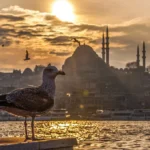
Explorer of historical towns, ancient ruins, and traditional markets, combining modern travel with interest in heritage.
- Cappadocia (16175104814) by Rolf Dietrich Brecher from Germany on Wikimedia Commons – cc by 2.0
- Göreme National Park and hot air ballons by Andrada Boldis on Wikimedia Commons – cc by-sa 4.0
- Derinkuyu Underground City by Bjørn Christian Tørrissen on Wikimedia Commons – cc by-sa 3.0
- Cappadocia, Uchisar, Nevşehir – panoramio (8) by Николай Максимович on Wikimedia Commons – cc by 3.0
- Monks Valley by Theugursevinc on Wikimedia Commons – cc by-sa 4.0
- Stone snail rock formation in Devrent Valley, Cappadocia – Turkey by Ekke from Durham, United Kingdom on Wikimedia Commons – cc by 2.0
- Ihlara valley canyon by Benh LIEU SONG on Wikimedia Commons – cc by-sa 2.0
- Kaymakli underground city 8860 Nevit by Nevit Dilmen (talk) on Wikimedia Commons – cc by-sa 3.0
- CAPPADOCIA Göreme National Park and the Rock Sites. World Heritage List. Turkey. Hot Air Ballooning Cappadocia by Feridun F. Alkaya on Wikimedia Commons – cc0
- The Other Open Air Museum by Charlton on Wikimedia Commons – cc by 3.0
- Cappadocia balloon trip, Ortahisar Castle (11894327104) by Arian Zwegers from Brussels, Belgium on Wikimedia Commons – cc by 2.0
